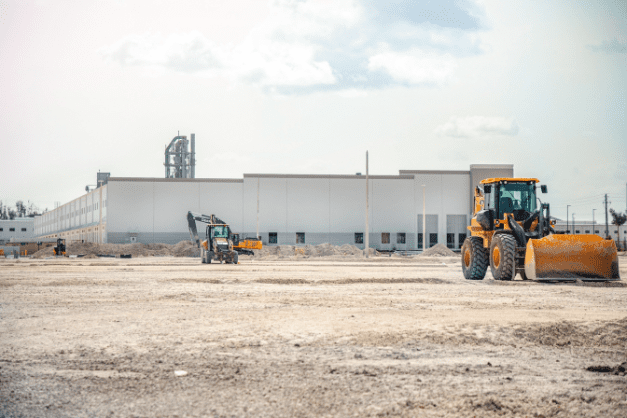Many new trends emerged as COVID-19 shook the world in 2020-21. One of the most important aspects, at least for supply chain stakeholders, throughout the pandemic, happened to be how consumers, forced into lockdowns, started ordering everything online. With demand increasing exponentially, logistics and supply chain players started investing heavily in increasing inventory and storage space to keep these goods. But come 2022, inflationary pressures negatively affected this demand growth. Now in 2023, retailers focus on selling excessive inventory as demand slows down. As a result, global warehousing expansion also seems to have slowed down. In fact, a study by a consulting firm has found that higher interest rates and slowing economies are resulting in a short-lived slowdown in global warehouse and fulfillment center construction.
According to London-based Interact Analysis, roughly 6,700 warehouses have been added to the global building stock in 2023, a reduction of 35% compared with 2022. However, this figure is still higher than pre-COVID levels. In an already-pressed global landscape, the macroeconomic challenges have raised concerns for the warehouse construction sector. Research by Interact suggests that fulfillment center construction has suffered in particular, partly driven by Amazon’s decreased spend on micro-fulfillment projects.
Despite this, e-commerce growth following the pandemic is likely to dampen the shock to the warehouse construction sector. Because this is a lagging indicator, analysts predict a significant decrease in construction in the second half of this year and the first half of 2024, the report said. Overall, almost 10,000 warehouses were added to the building stock in 2022.
China and the US are leading the way in terms of warehouse construction. In 2022, both countries combined made up 58% of the total square footage added. The United States’ total warehousing stock increased by 6% year-over-year and China’s by 5%. The research shows that Japan and France registered the lowest growth in terms of additional warehouse square footage in 2022. The US economy is expected to decline over the next 12-18 months, which could lead to a knock-on effect on global warehouse construction over the next few years, according to the report.
Key Takeaways
As the trend toward e-commerce begins to slow down, the construction of new fulfillment centers has also dipped. In 2022, global building stock saw an increase of 4,000 fulfillment centers– a figure that’s forecasted to be cut in half this year. But this downturn is not just due to inflation, according to experts. Rather, it is due to high interest rates and dipping economic conditions.
The warehouse construction slowdown is likely to be short-lived as the demand for sites continues. Rent prices are anticipated to increase in the mid-term and e-commerce will continue to drive demand over the long term, according to experts. Meanwhile, the demand for end-to-end automation solutions may also decrease and the boom we saw during the COVID-19 pandemic will come to an end, according to this report.




